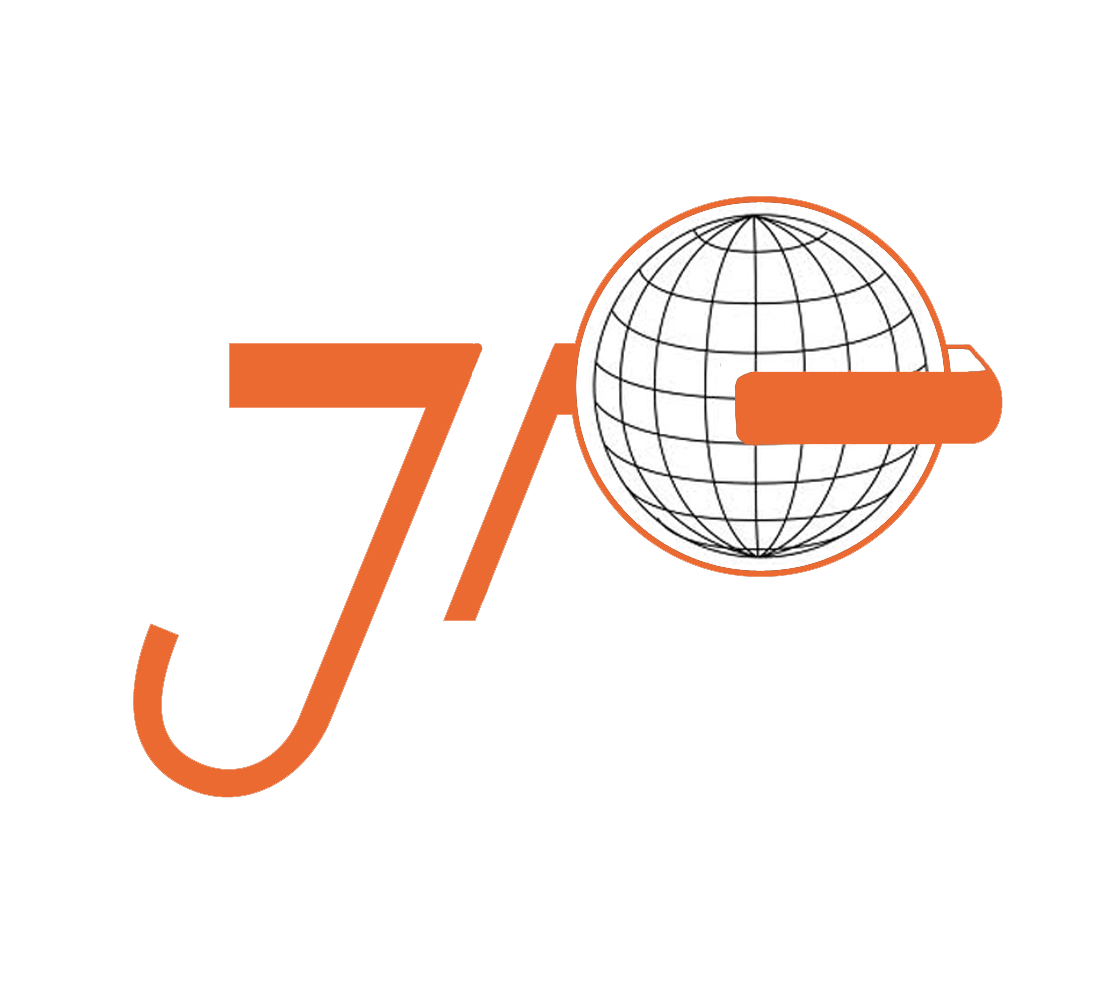French Art En Plein Air
As the colors of summer start drifting into the warm breeze of fall, we wanted to take a moment to appreciate some French Art En Plein Air. For all you art buffs out there, you will enjoy this journey through the impactful things that French artists did to change the course of art history forever. I hope this inspires you and, who knows, maybe we'll catch you in Central Park with your French Box Easel this fall?
En Plein Air is a French expression and term used in Art meaning 'in the open air.' This phrase became popular in the mid-19th century when art schools, such as the Barbizon School, stressed the importance of their oil painters to head outdoors (in natural light) to recreate the nature around them in their paintings. This also became a popular method of painting with the introduction of paint tubes in the 1840's. In that time, artists were required to hand make their oil paints by mixing dry pigments with linseed oil. All of that changed when paint tubes were invented (which is how we buy oil paints in art stores today). These tubes made life easier for artists to travel with their art supplies during en plein air projects and sparked another invention known as the French Box Easel. These boxes could be considered the 'briefcase' for most artists and contained a simple pair of wooden legs and an easel to prop up a canvas to paint on. To this day, a visit to France will likely consist of a gorgeous view and a few artists on the side streets with their wooden box easels painting away.
Try practicing your French vocabulary by listening to the words below and saying them out loud:
En Plein Air - In the open air
Une Toile - Canvas
Peinture à l'huile - Oil Paint
Un Chevalet - Easel
Peindre - To paint
Let's continue to dive deeper and paint a picture of the artists that made French En Plein Air what we know it to be today. Highly celebrated painters such as Claude Monet, Camille Pissarro, & Pierre-Auguste Renoir were among the leaders who fashioned en plain air, making it famous through their independent exhibitions of 'Impressionist' work. Together they created the art movement Impressionism & caused quite a stir in the art community of the time. Working en plein air was outlandish due to the fact that landscapes & portraits were usually painted in a studio. However, they took art further by portraying the transient sunlight depicted through short, visible brush strokes - evoking the feeling of a passing of time. To give you a better idea, take a peak at some of their work below:
Arm of the Seine near Vetheuil - Claude Monet (Image: www.wikiart.org)
Impression Sunrise - Claude Monet (Image: www.wikiart.org)
Road at Eragny, Winter - Camille Pissarro (Image: www.wikiart.org)
Windmill at Knokke, Belgium - Camille Pissarr0 (Image:www.wikiart.org)
Alphonsine Fournasie on the Isle of Chatou - Pierre-Auguste Renoir (Image: www.wikiart.org)
Beaulieu - Pierre-Auguste Renoir (Image: www.wikiart.org)
Today, we celebrate the work of these great artists in numerous art museums around the world. French Art Plein Air & Impressionism are of the most prolific moments in art history and from it, came great masterpieces, oil paint tubes, and French Box Easels. Can you remember the last time you saw some great Impressionist work? Don't forget to tell us all about it the comments section below (all comments en Français get bonus points)!
Looking to learn more French language and culture? Visit our website for our latest Group Class schedule, Private Lessons, and other services - www.jplinguistics.com.







